BPC-10mg and TB-10mg (Thymosin Beta-4) are peptides commonly studied for their potential in promoting tissue repair and healing. Both have distinct yet complementary mechanisms that, when combined, may offer synergistic benefits.
Potential BPC-10mg and TB-10mg Synergy in Wound Repair
Research reveals that BPC-10mg and TB-10mg, which both help to stimulate wound healing via different biochemical pathways, may have synergistic effects when combined together.
Cell Migration
Successful wound healing depends on fibroblasts, which regulate extracellular matrix production, as well as cells of the immune system. For these cells to do their jobs, they need to move to the location of injury. This movement, called migration, is heavily dependent the protein actin. Both BPC-10mg and TB-10mg are important in actin regulation. BPC-10mg works at the level of the gene to increase actin production[1]. TB-10mg, an actin binding protein, helps to sequester actin in areas where it is most useful for building filaments from actin to allow for cell movement[2]. Together, BPC-10mg and TB-10mg work synergistically to increase the quantity and function of actin and thus increase the rate at which fibroblasts and cells of the immune system migrate to areas of injury.
The Big Picture Involves Growth Hormone
Both TB-500 and BPC-157 interact with growth hormone in the healing process. BPC-157 increases the expression of growth hormone receptors on fibroblasts, boosting the longevity of these cells and thus their ability to promote soft tissue regeneration[3]. With TB-500 on board, the extra growth hormone receptors will not go to waste because the fibroblasts will have adequate stores of actin to make use of their elongated lifespans. Combining TB5-00, BPC-157, collagen, and a growth hormone secretagogue is a surefire way to increase rates of wound healing and may one day replace standard treatment regimens as the gold standard.

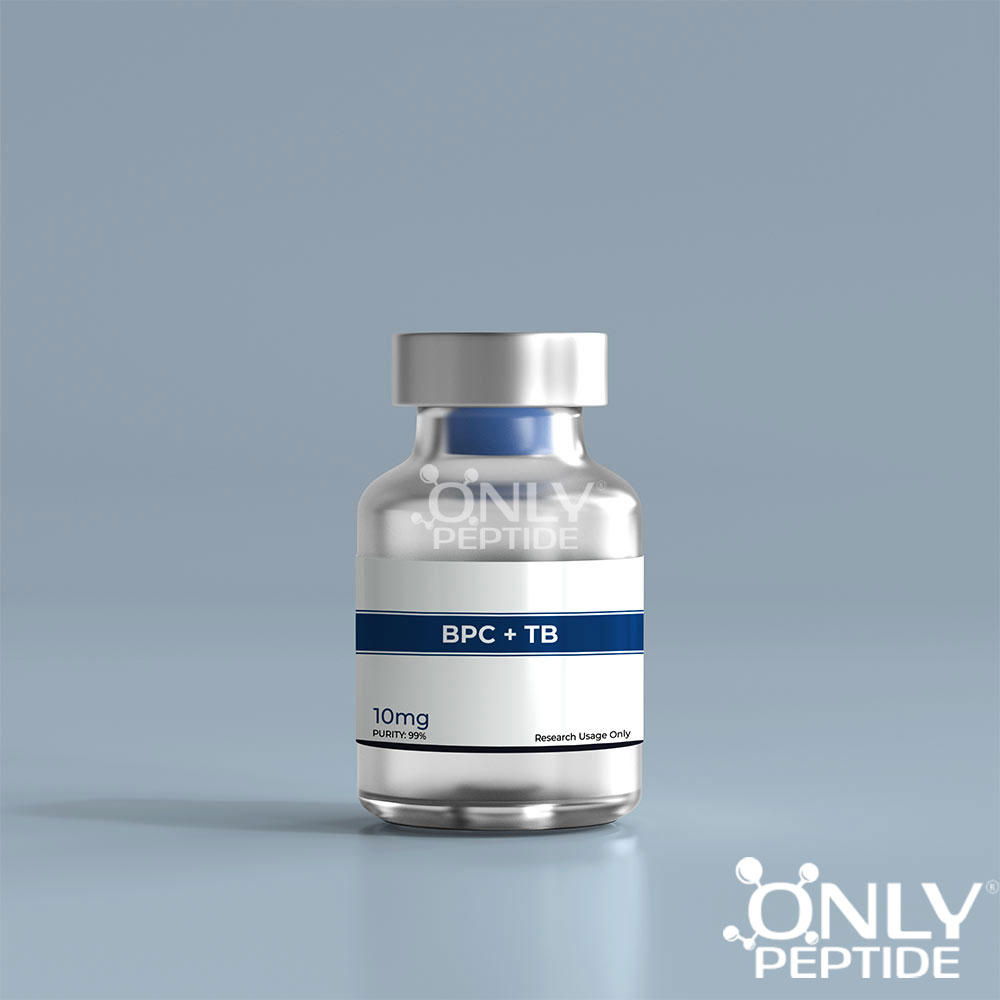

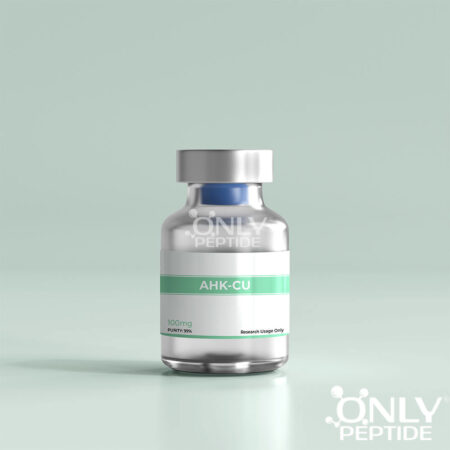
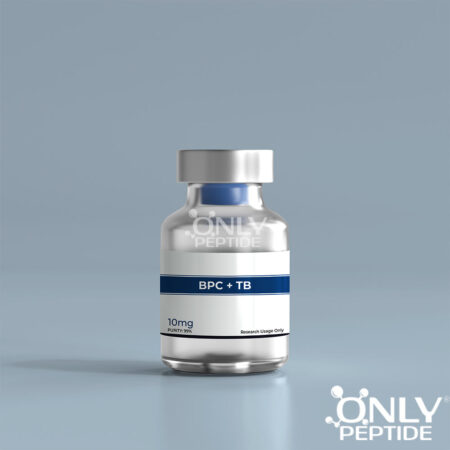

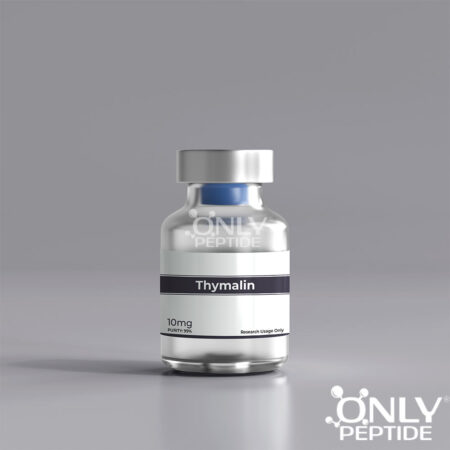

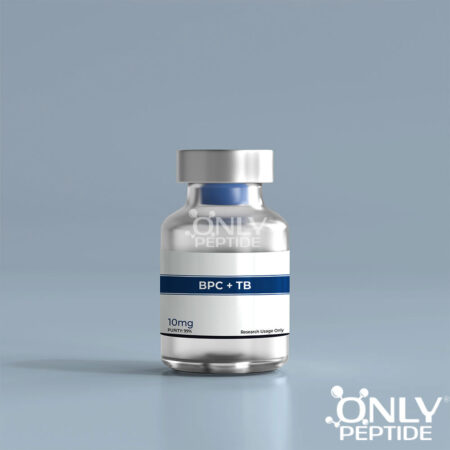
Reviews
There are no reviews yet.